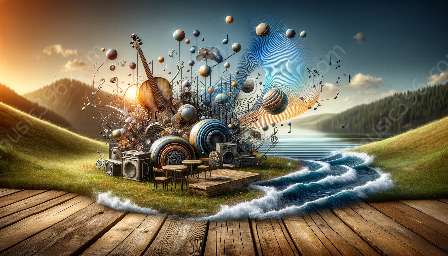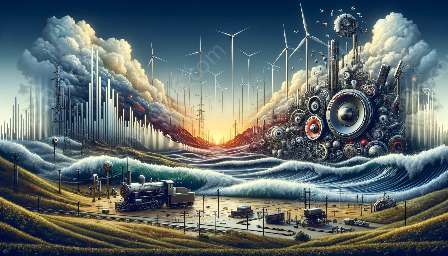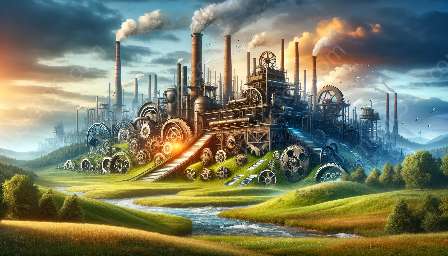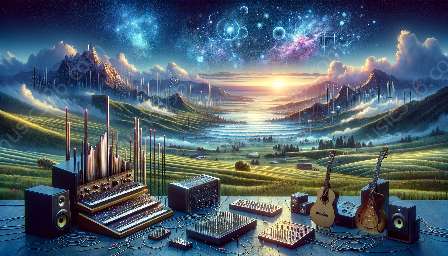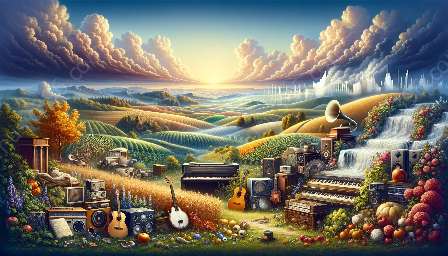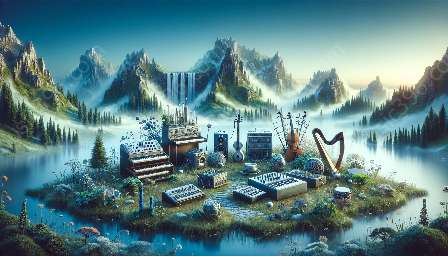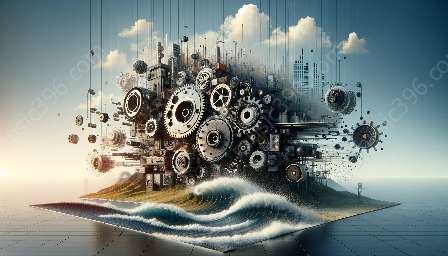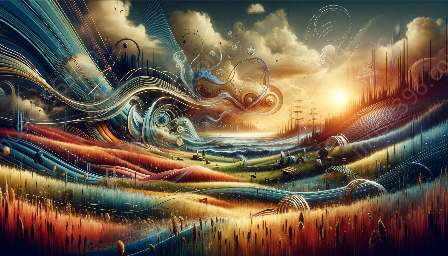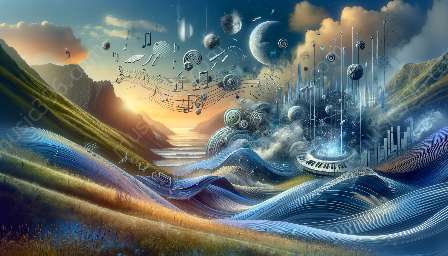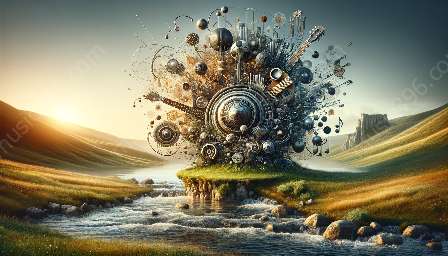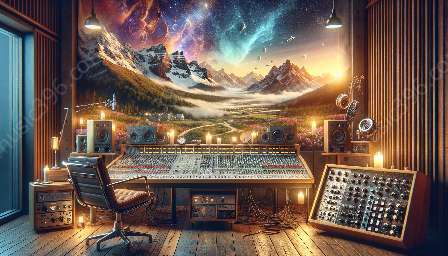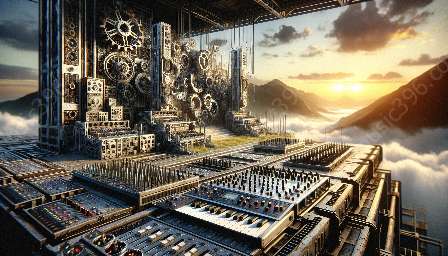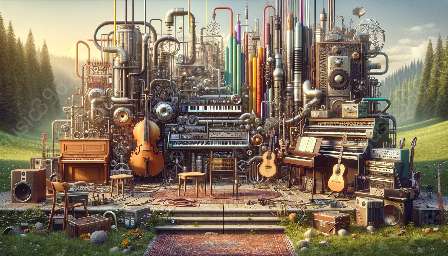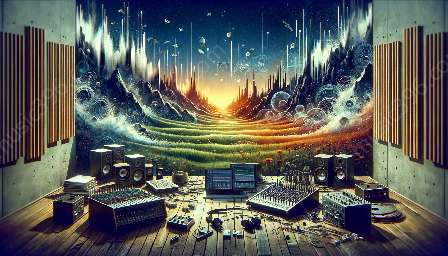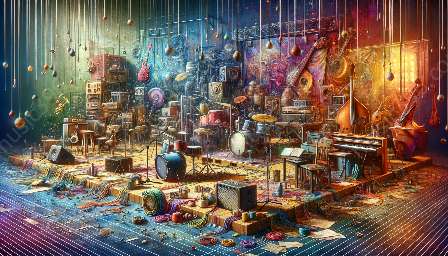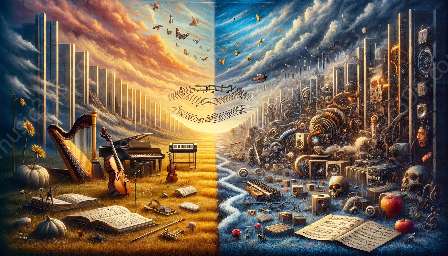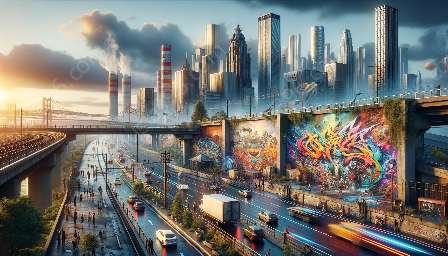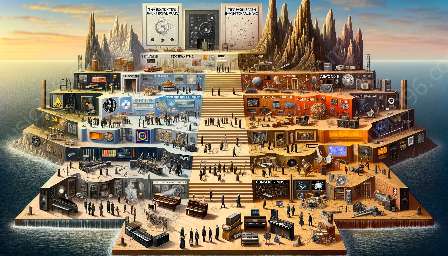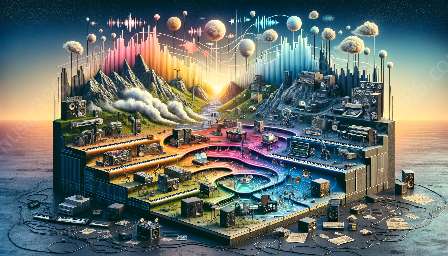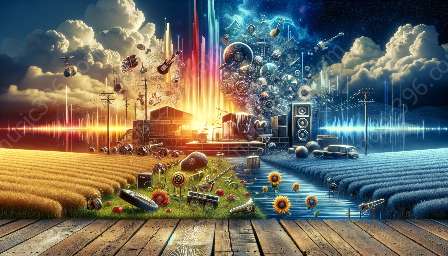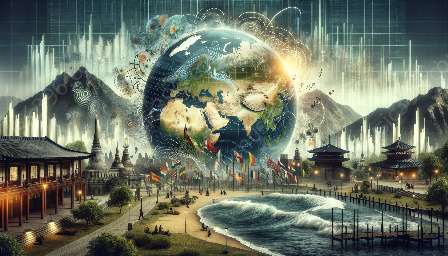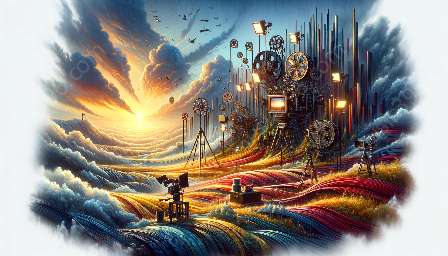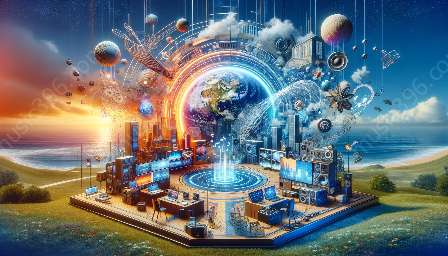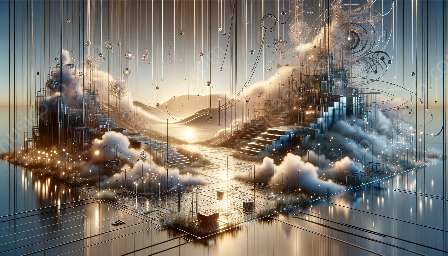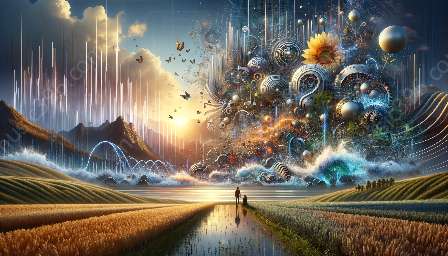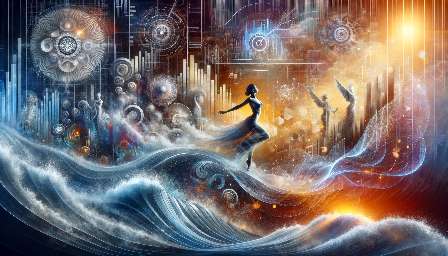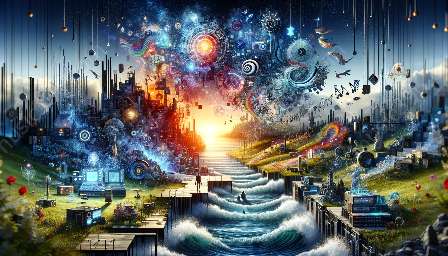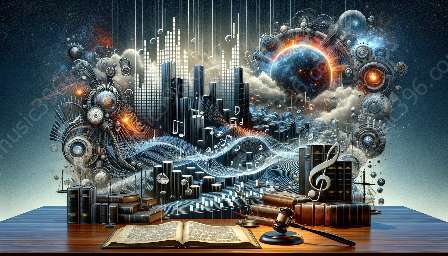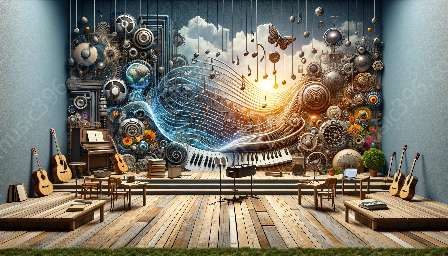Industrial music and visual arts have enjoyed a rich and mutually influential relationship, with artists in both realms drawing inspiration from each other's work and collaborating to create immersive experiences. This article will delve into the intersections between industrial music and visual arts, exploring the ways in which they have intersected and influenced one another.
The Roots of Industrial Music and Visual Arts
Industrial music emerged in the 1970s, characterized by its experimental, abrasive sound, incorporating elements of noise, electronic music, and unconventional instrumentation. At the same time, visual arts were undergoing a period of radical experimentation, with movements such as Dada and Surrealism challenging traditional artistic norms.
These parallel developments set the stage for a symbiotic relationship between industrial music and visual arts. The raw, confrontational nature of industrial music found resonance in the expressive, boundary-pushing ethos of visual arts, creating fertile ground for collaboration and cross-pollination.
Artists at the Intersection
Several influential experimental music artists have actively explored the intersection of industrial music and visual arts, using their music as a platform for immersive, multi-sensory experiences. One such artist is Throbbing Gristle, a pioneering industrial music group that sought to merge sound with visual elements to create intense, visceral performances. Their use of provocative imagery and multimedia presentations expanded the boundaries of what a live music experience could entail, blurring the lines between music and visual art.
Another prominent figure in this intersection is Genesis P-Orridge, a boundary-pushing artist known for their work with the industrial band Psychic TV. P-Orridge's exploration of occult imagery and ritualistic performance art added a visually striking dimension to the sonic landscape of industrial music, creating an aesthetic that resonated with visual artists as well as musicians.
Visual Aesthetics and Album Art
Industrial music has also left an indelible mark on the visual arts through its album artwork and visual aesthetics. Influential experimental music artists often collaborated with visual artists to create album covers and promotional materials that reflected the thematic and sonic content of their music. This collaboration gave visual artists a platform to explore the darker, more challenging aspects of their creativity, while providing industrial musicians with visually striking representations of their sonic landscapes.
Artists such as Cabaret Voltaire and Einstürzende Neubauten integrated visual elements into their live performances, blurring the boundaries between music, performance art, and visual spectacle. These immersive experiences invited the audience to engage with industrial music on a multi-dimensional level, cementing the connection between industrial music and visual arts.
Experimental and Industrial Music Today
While the early intersections between industrial music and visual arts laid the groundwork for a rich tradition of collaboration and cross-pollination, these influences continue to reverberate in the contemporary experimental and industrial music scenes. Artists such as Pharmakon and Prurient are pushing the boundaries of sonic and visual experimentation, incorporating elements of performance art and immersive visuals into their live shows.
Similarly, visual artists and multimedia creators are drawing inspiration from the raw, visceral energy of industrial music, using its sonic palette as a springboard for their own artistic explorations. From multimedia installations to experimental film, the influence of industrial music can be seen and heard in a variety of visual art forms.
Conclusion
The intersections between industrial music and visual arts are a testament to the power of collaboration and creative exchange. As influential experimental music artists continue to push the boundaries of sonic and visual expression, the relationship between industrial music and visual arts will undoubtedly continue to evolve, inspiring new generations of artists to explore the thrilling terrain where sound and vision collide.

